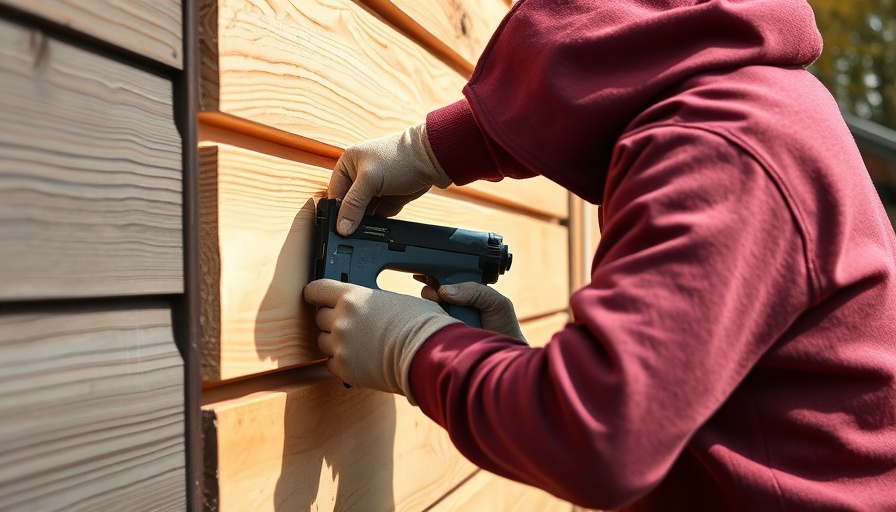
Understanding Your Roofing Needs
When it comes to hiring roofers in St. George, first consider the type of project at hand. Are you repairing damage, replacing an existing roof, or installing a new roof entirely? Each scenario has different requirements, timelines, and budgets. For instance, a simple leaky roof may be fixed within a day, whereas a full installation of a new tile roof might extend over several days and require a more substantial financial investment. Establishing clear project goals not only sets a strong foundation but also aids in smoother communication with your contractor.
Credentials Matter: A Key Element
Who you hire matters immensely, especially in a critical task like roofing. Ensure that the roofers have the necessary credentials. Look for proper licensing, liability insurance, and worker’s compensation. If the contractor hesitates to provide proof of these, consider it a red flag. Confirm their credentials by checking with state boards or requesting insurance documentation directly. This due diligence helps steer clear of unqualified contractors.
The Importance of Comparing Estimates
Gathering estimates from multiple roofing contractors is essential to find the best deal. Each bid should be itemized and cover aspects such as labor, materials, overhead costs, and warranty options. Steer clear of bids that are significantly lower than others, as they might be missing crucial details that could cost you later. Create a comparison table to identify discrepancies easily and make informed choices.
Insightful Questions to Protect Your Investment
Before signing any contracts, ask the right questions to ensure you're getting the value and quality you deserve. Inquire about warranty details, cleanup procedures, and how permits will be handled. Questions like, “Can you show recent references?” or “What’s your change-order policy?” will help you gauge the contractor’s professionalism and preparedness. Strong contractors will not only provide answers but will back their claims with documents and references.
Your Next Steps in St. George
Now that you have a better understanding of how to hire a roofer in St. George, it’s time to put this knowledge into action. Take the steps outlined above to ensure you hire a qualified professional who meets your roofing needs. Your home deserves the best!
 Add Row
Add Row  Add
Add 



Write A Comment